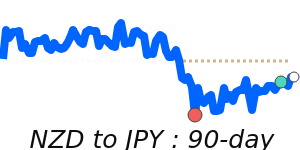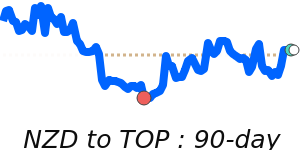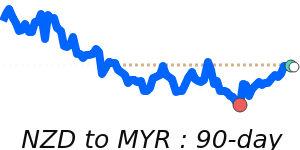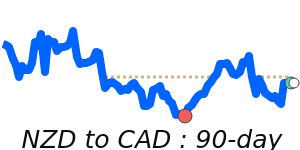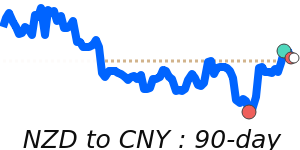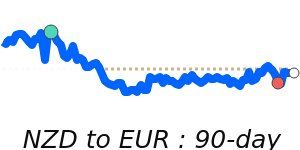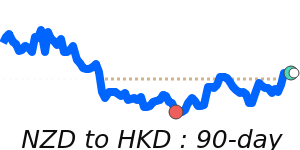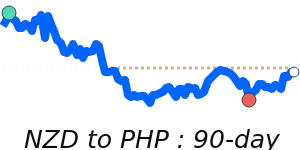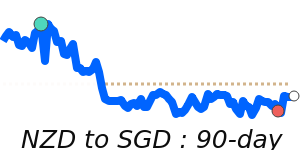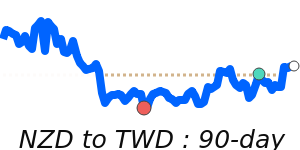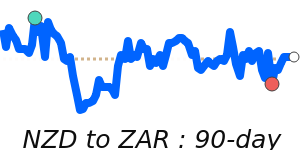The New Zealand dollar (NZD) has recently experienced a notable downtrend amid a cautious market environment, primarily impacting its appeal as a risk-sensitive currency. Analysts suggest that without fresh economic data today, the NZD remains vulnerable to further declines, especially if market sentiment continues to deteriorate.
Key economic developments are shaping the future outlook for the NZD. With annual inflation rising to 3% in Q3 2025, reaching the upper limit of the Reserve Bank of New Zealand’s (RBNZ) target band, there is increased pressure on consumers as rising electricity prices, rent, and local taxes take their toll. In response to economic weaknesses, the RBNZ has cut the official cash rate by 50 basis points to 2.5%. This move indicates the central bank's intent to support economic growth, with expectations that inflation will moderate to around 2% by mid-2026.
In addition, the RBNZ's recent decision to ease home lending rules is aimed at improving access to the housing market, particularly for first-time buyers, as it adapts to changing economic conditions affecting house prices. Furthermore, New Zealand's push to strengthen regional trade ties in light of the US-China trade tensions could bolster its economic prospects.
From a technical perspective, the NZD is trading at 90-day lows against key currencies. The NZD to USD is currently at 0.5629, 3.4% below its three-month average of 0.5825, and faces a stable trading range between 0.5629 to 0.5989. Similarly, the NZD to EUR is positioned at 0.4865, which is 2.5% below its average of 0.4992, while the NZD to GBP is at 0.4278, 1.5% below the three-month average of 0.4342. The NZD to JPY stands slightly better at 86.43, only 0.7% beneath its average of 87.07.
Overall, the NZD's current trends highlight the need for ongoing assessment of economic indicators and market sentiment, as developments in inflation and monetary policy could significantly impact the currency's trajectory in the coming weeks.



